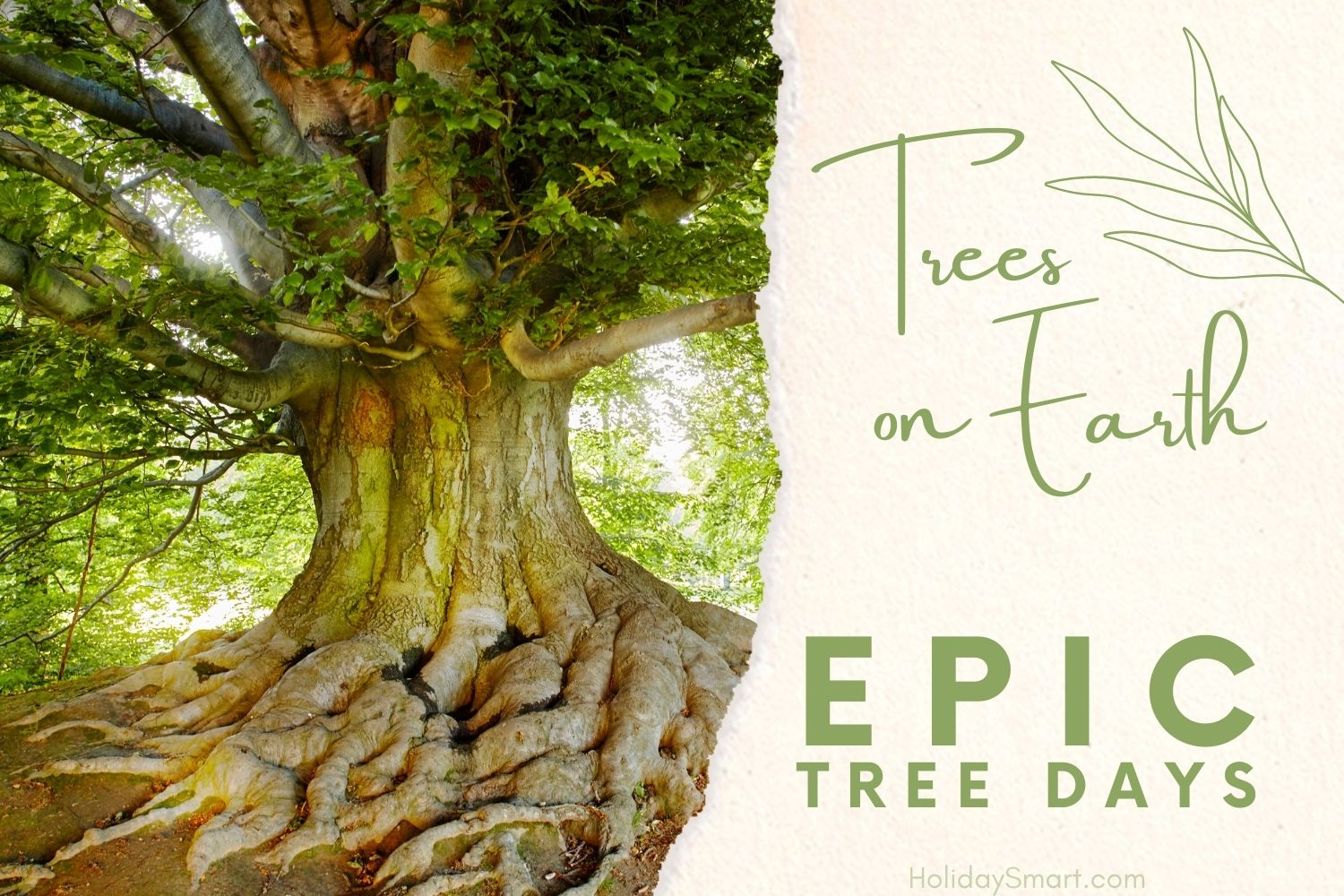A Brief History of Día de los Muertos
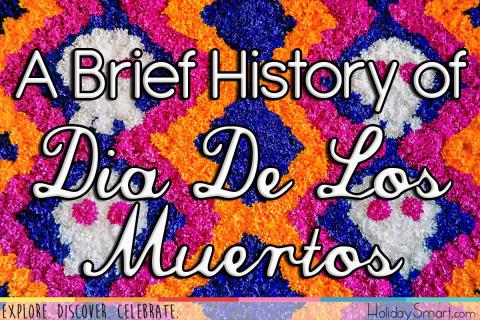
Día de Muertos, or Día de los Muertos, translates to Day of the Dead in English. It is a Mexican holiday, and is especially celebrated in the central and southern parts of the country. It is also celebrated by those of Mexican descent all over the world. Although it roughly coincides with Halloween, it more similar to the Christian tradition of All Souls Day, and usually takes place over a three day period from Oct. 31-Nov. 2.
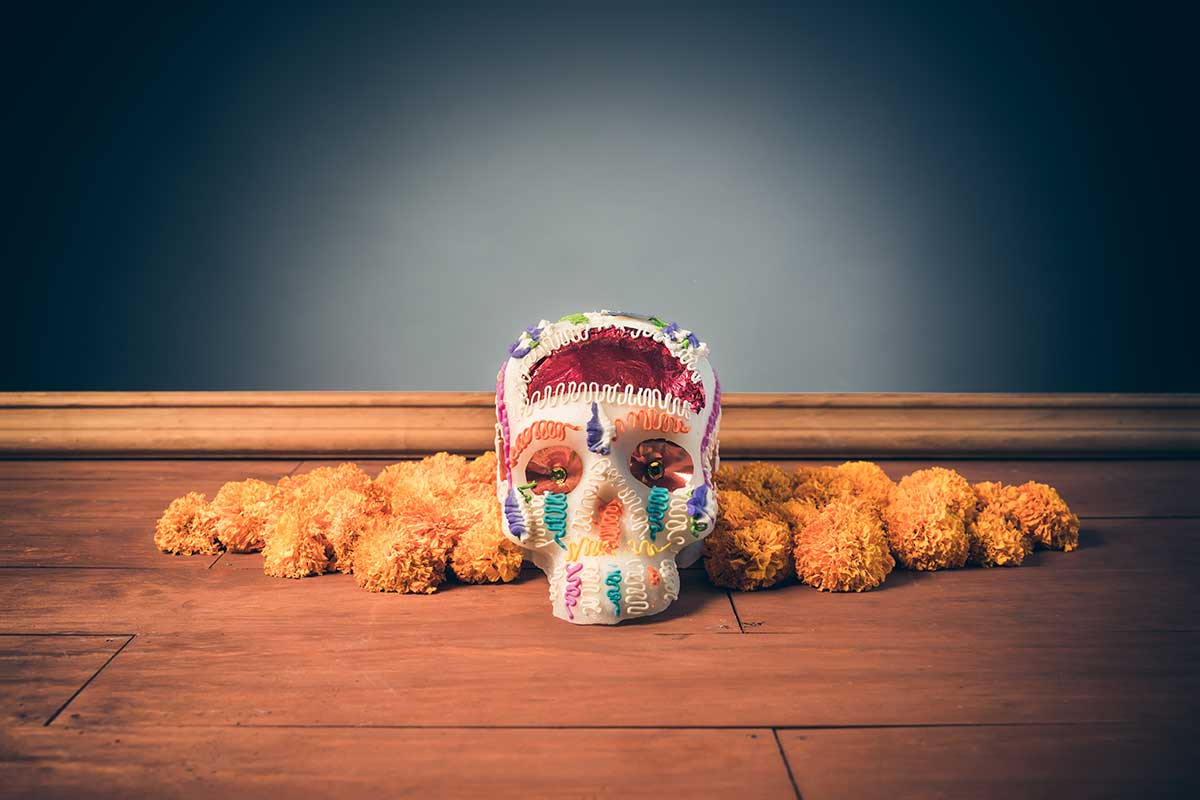
Similar to the way the pagan holiday Samhain was absorbed by Christianity, so was the Aztec holiday the originated Day of the Dead. Some 3,000 years ago, Aztecs celebrated for the entire ninth month of their calendar to pay homage to their dead and ancestors. They also worshipped the goddess known as “Lady of the Dead.”
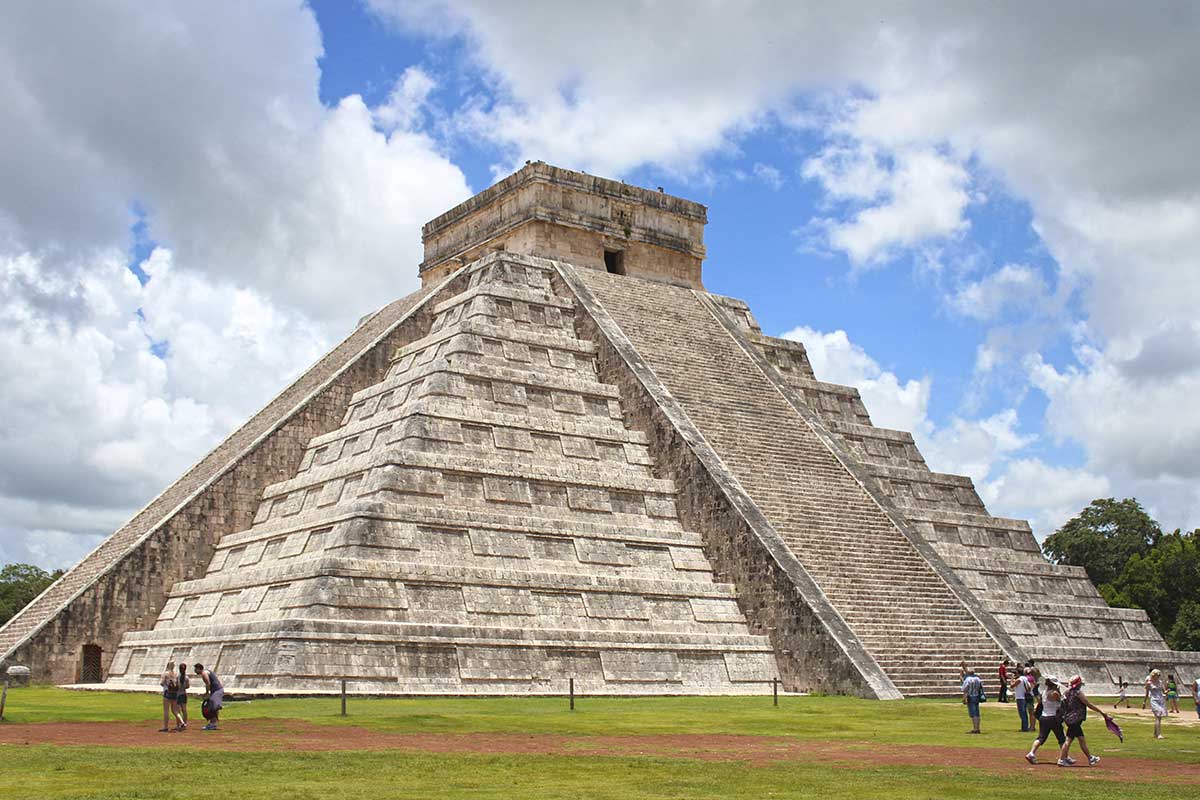
When Christianity arrived in the Americas, this holiday was absorbed into the All Saints Day and All Souls Day celebrations from Oct. 31-Nov 2. Some of the traditions have been combined, but it still remains a unique holiday.
Writer Frances Ann Day summarizes the three day celebration in the following passage,
“On October 31, All Hallows Eve, the children make a children's altar to invite the angelitos (spirits of dead children) to come back for a visit. November 1 is All Saints Day, and the adult spirits will come to visit. November 2 is All Souls Day, when families go to the cemetery to decorate the graves and tombs of their relatives. The three-day fiesta is filled with marigolds, the flowers of the dead; muertos (the bread of the dead); sugar skulls; cardboard skeletons; tissue paper decorations; fruit and nuts; incense, and other traditional foods and decorations.”
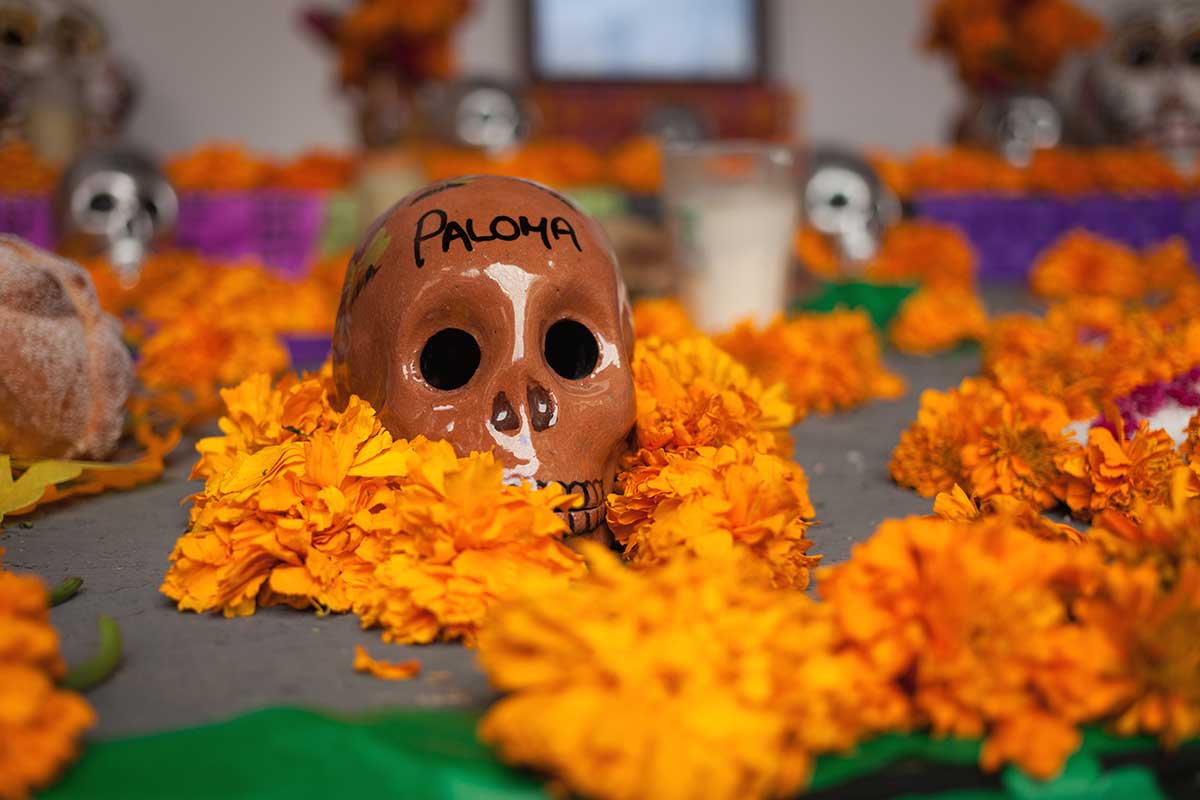
Many people build altars and make offerings to their ancestors. Offerings might include incense, breads, fruits, or other treats. It is believed that the spirits of the dead visit the living during this lively celebration. The marigolds are said to guide the spirits to their altars using their vibrant colors and lovely scent. Other flowers as well as these marigolds hold a dual meaning, Generally speaking, flowers also represent the fragility of life. Families also typically clean and decorate their loved ones’ graves for this celebration.
It is not a time to mourn death, but a time to celebrate life and the love of family. If you celebrate Day of the Dead in your family, we would love to hear how you celebrate @HolidaySmart on Twitter!




